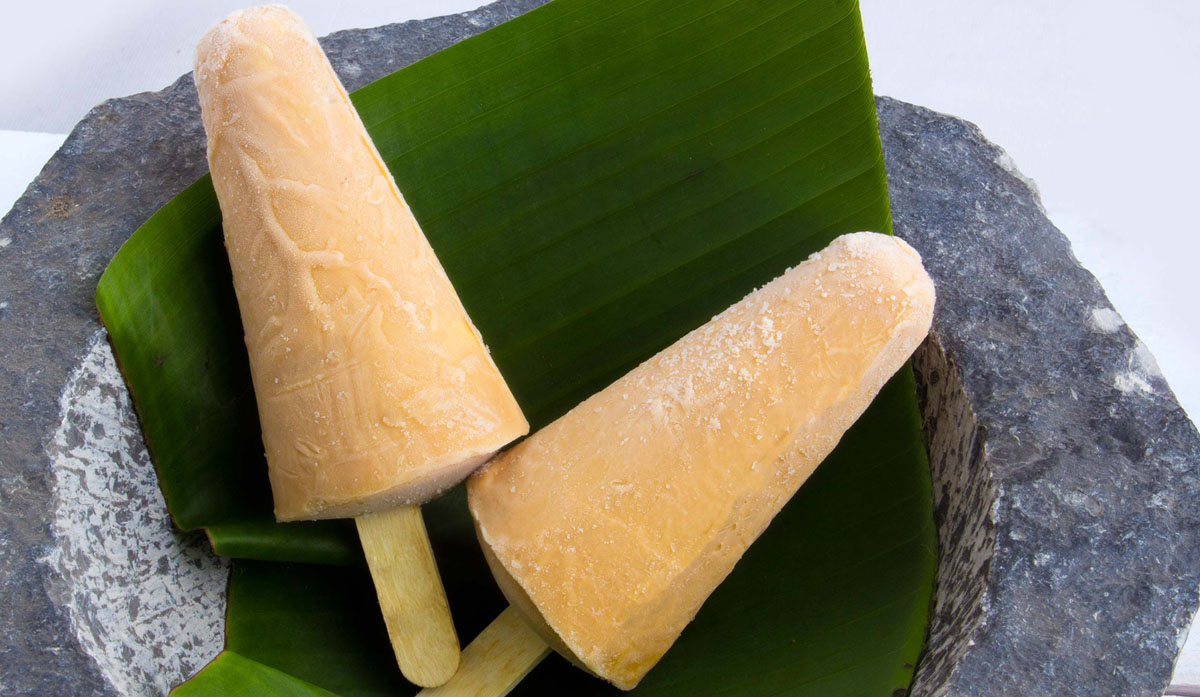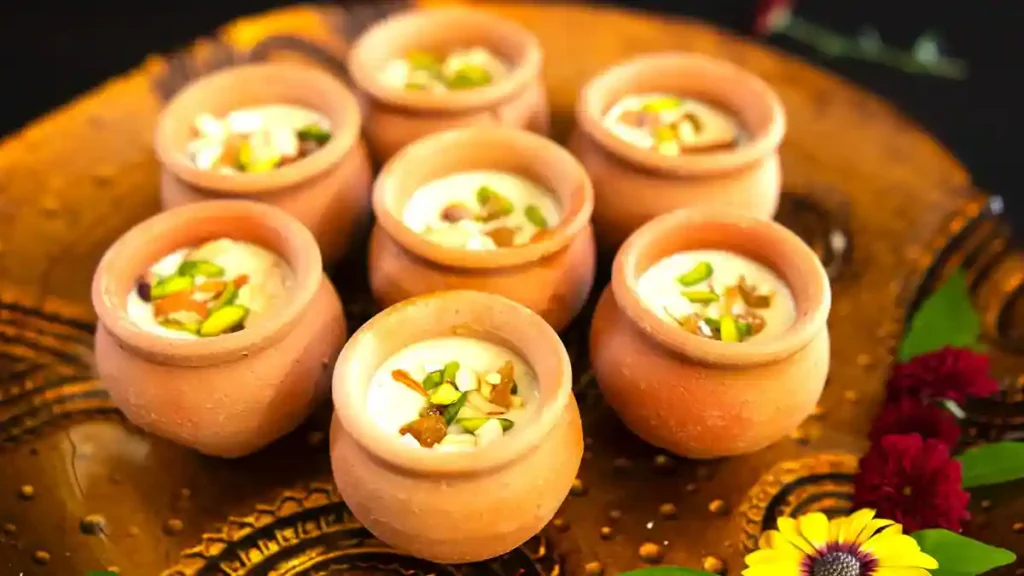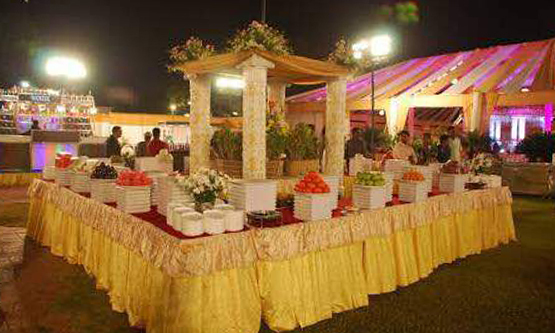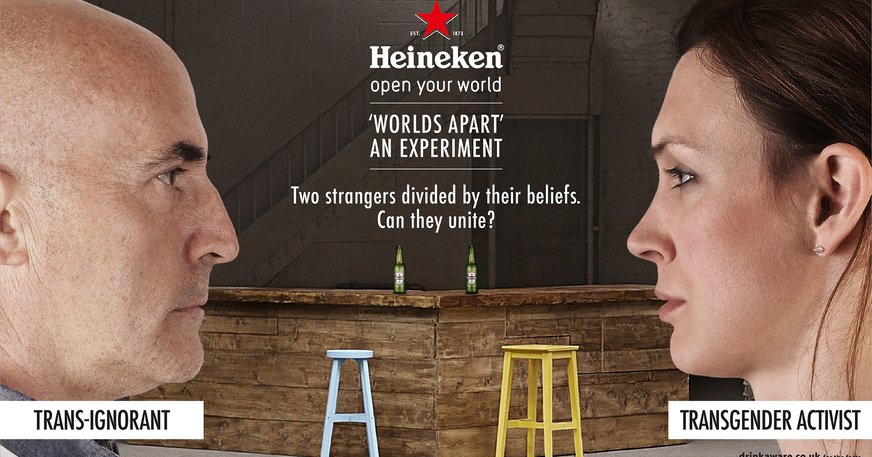Turning ₹10 of Product into ₹700: Upselling Lessons

Upselling isn’t about charging more for the same product—it’s about creating value customers perceive as worth paying for
Upselling isn’t just a Disney trick. Indian businesses have long excelled at turning low-cost products into high-value experiences, leveraging psychological triggers and consumer behaviour. Let’s use an Indian example to explain this: A ₹10 kulfi sold for ₹700 at an upscale wedding venue.
Here’s how it works by applying Disney’s principles for their snow cone sales.
The Example: The Wedding Kulfi Cart
Imagine you’re attending a lavish Indian wedding. After the grand dinner, you spot a charming, traditional Kulfi cart near the dessert section. Your curiosity—and a little nostalgia—pulls you toward it. The moment you see the setup, you’re sold. You walk away with one kulfi for ₹700.
How did that happen? Let’s break down the five “premiums” at play.
Scarcity Premium: The Exclusive Wedding Kulfi Cart
At this wedding, the kulfi cart is the only one available, and it’s placed strategically in the dessert area where everyone gathers. The exclusivity of having freshly made kulfis at the event adds to its charm. You can’t just walk into a regular sweet shop and get the same experience—it’s unique to this setting.
- Psychological trigger: The limited availability creates urgency. You might miss out entirely if you don’t get your kulfi now.
Packaging Premium: Artisanal Kulfi with a Twist
The kulfi was not served on a bare wooden stick. Instead, it comes in elegantly plated earthen pots or decorative cones with edible gold leaf toppings and a drizzle of rose syrup. The presentation transforms a humble ₹10 dessert into a luxury experience.
- Psychological trigger: High-end packaging adds sophistication and justifies the elevated price.

Brand Premium: The Story of Tradition
The kulfi cart was branded as “Rajasthani Kulfiwala – Reviving a 100-Year-Old Tradition” or something equally nostalgic. It’s marketed as an artisan product with a rich cultural heritage. Perhaps the Kulfi cart brand even has a reputation for catering to elite events, adding credibility.
- Psychological trigger: Associating the product with tradition, exclusivity, and a respected brand elevates its perceived value.
Location Premium: The Lavish Wedding Venue
The kulfi isn’t sold on the streets of Old Delhi; it’s at a premium wedding venue, such as the Taj Palace or Umaid Bhawan Palace. The ambience itself makes you feel like you’re indulging in something extraordinary.
- Psychological trigger: The luxurious setting makes every product within the venue seem more exclusive and worthy of a premium price.

FOMO Premium: The Wedding Buzz
As you approach the cart, you see a crowd around it, happily chatting and enjoying their kulfis. The wedding photographer even captures a few candid shots of guests holding these beautifully plated desserts. Suddenly, you feel you’d be missing out if you don’t grab one yourself.
- Psychological trigger: Seeing others enjoy the product generates a sense of urgency to join in and not miss the experience.
The Breakdown: Why Guests Pay ₹700 for a Kulfi
Here’s how the ₹10 kulfi’s value is magnified:
- Base Price: ₹10 for the kulfi itself.
- Scarcity Premium: +₹100 (limited availability at the wedding).
- Packaging Premium: +₹150 (elegant earthen pots with gourmet toppings).
- Brand Premium: +₹200 (artisanal brand associated with tradition).
- Location Premium: +₹150 (served in a luxury wedding setting).
- FOMO Premium: +₹90 (peer influence and wedding buzz).
What Brands and Retailers Can Learn
Here are key takeaways for Indian brands or retailers looking to replicate this upsell strategy:
- Curate Unique Experiences: Like the wedding kulfi cart, tailor your offerings to specific occasions or events to add exclusivity.
- Invest in Packaging: Enhance product presentation to signal value. Use cultural or luxury cues where relevant.
- Tell a Story: Connect your product to tradition, innovation, or a unique origin story that resonates with your target audience.
- Leverage Location: Position your product in an environment that elevates its perceived worth—weddings, upscale malls, or boutique stores.
- Create a Buzz: Showcase demand by strategically building queues, using influencers, or sharing testimonials to generate FOMO.
Conclusion
Upselling isn’t about charging more for the same product—it’s about creating value customers perceive as worth paying for. Whether it’s a snow cone in a Disney cup or a kulfi at a royal wedding, scarcity principles, packaging, branding, location, and FOMO work universally.
The next time you see an ordinary product sold at an extraordinary price, remember: it’s not the product itself—it’s the experience surrounding it.



